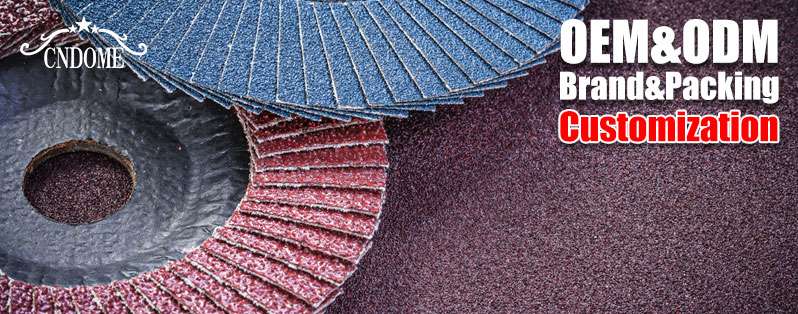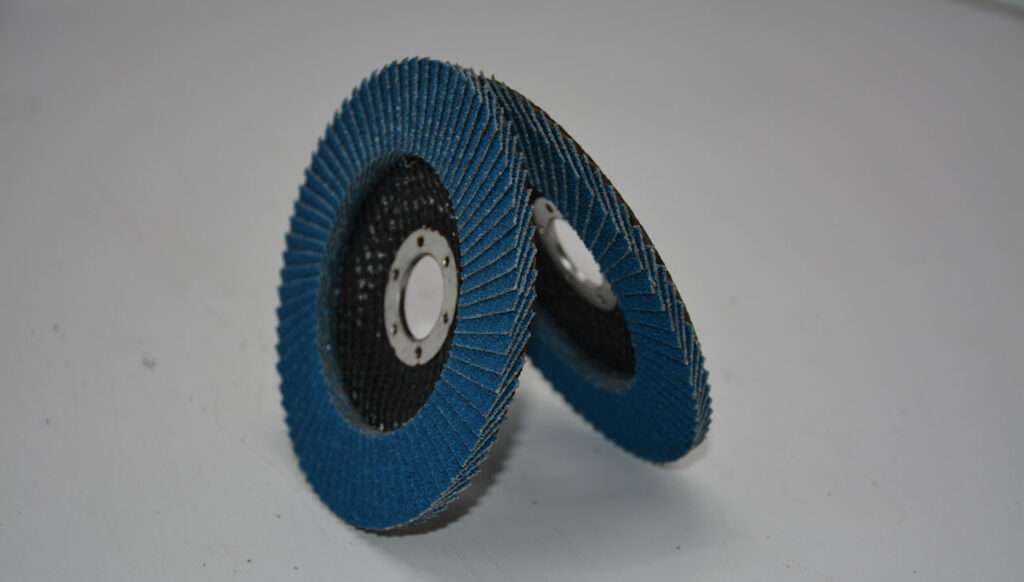When it comes to selecting the right flap disc for your grinding, sanding, or finishing tasks, understanding grit numbers is crucial. Grit numbers determine the coarseness or fineness of abrasive particles on the disc’s surface, impacting its performance and the quality of your work. Let’s delve into the world of grit numbers and how to judge them effectively for flap discs.
What are Flap Discs?
Before we dive into grit numbers, let’s grasp the basics of flap discs. Flap discs are versatile tools commonly used in metal fabrication, woodworking, and various other industries. They consist of abrasive flaps bonded radially to a backing plate. These flaps wear away gradually, exposing fresh abrasive material as they work, providing a consistent finish over a prolonged period.
Understanding Grit Numbers
Grit numbers represent the size of abrasive particles on the flap disc’s surface. The higher the grit number, the finer the abrasive particles, and vice versa. Grit numbers typically range from coarse (low numbers) to fine (high numbers), each suited for specific applications:
- Coarse Grits (24-60): Flap discs with lower grit numbers are suitable for aggressive material removal tasks, such as weld blending, deburring, and heavy stock removal. They feature larger abrasive particles, making them effective for rough surfaces or rapid material removal.
- Medium Grits (80-120): Flap discs in this range strike a balance between material removal and surface finish. They are ideal for general-purpose grinding and blending applications, offering decent stock removal while leaving a smoother finish compared to coarse grits.
- Fine Grits (150-320): Higher grit number indicate finer abrasive particles, making these flap discs suitable for finishing tasks where surface smoothness is paramount. They excel in removing scratches, refining surfaces, and achieving polished finishes with minimal material removal.
Judging Grit Numbers for Your Application
Selecting the right grit number depends on the material you’re working with and the desired finish. Here’s how to judge grit number effectively for your specific application:
- Consider Material Hardness: Harder materials, such as stainless steel or hardened steel, require finer grits to prevent excessive material removal and achieve a smooth finish. Softer materials, like aluminum or wood, may tolerate coarser grits for efficient stock removal.
- Assess Surface Finish Requirements: Determine the level of surface finish you need. For rough shaping or heavy grinding, coarse grits are suitable. If you aim for a smooth, polished surface, opt for finer grits to minimize scratches and achieve a refined finish.
- Trial and Error: Experimentation plays a significant role in finding the optimal grit number for your specific task. Start with a medium grit and adjust accordingly based on the results achieved.
Conclusion
Understanding grit numbers is essential for selecting the right flap disc to achieve optimal results in your grinding, sanding, and finishing applications. By considering material hardness, surface finish requirements, and conducting trial runs, you can effectively judge grit numbers and harness the full potential of flap discs in your projects. Whether you’re tackling heavy material removal or aiming for a flawless finish, choosing the appropriate grit number ensures efficiency and quality in your workmanship.



